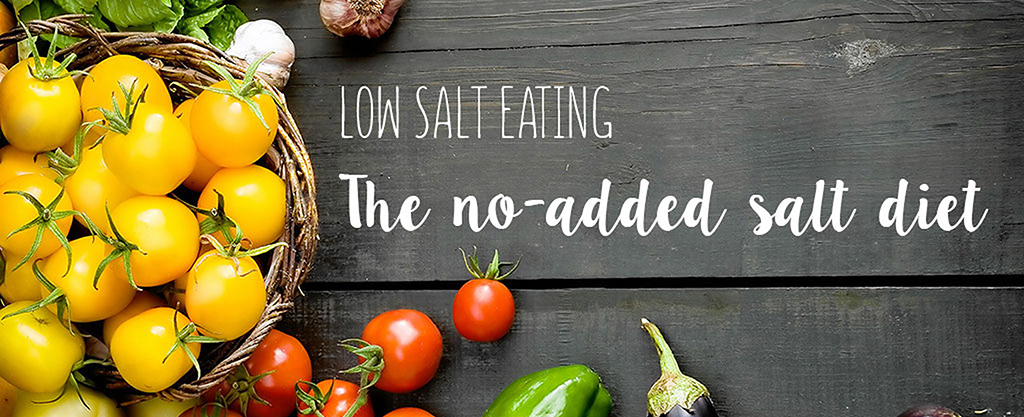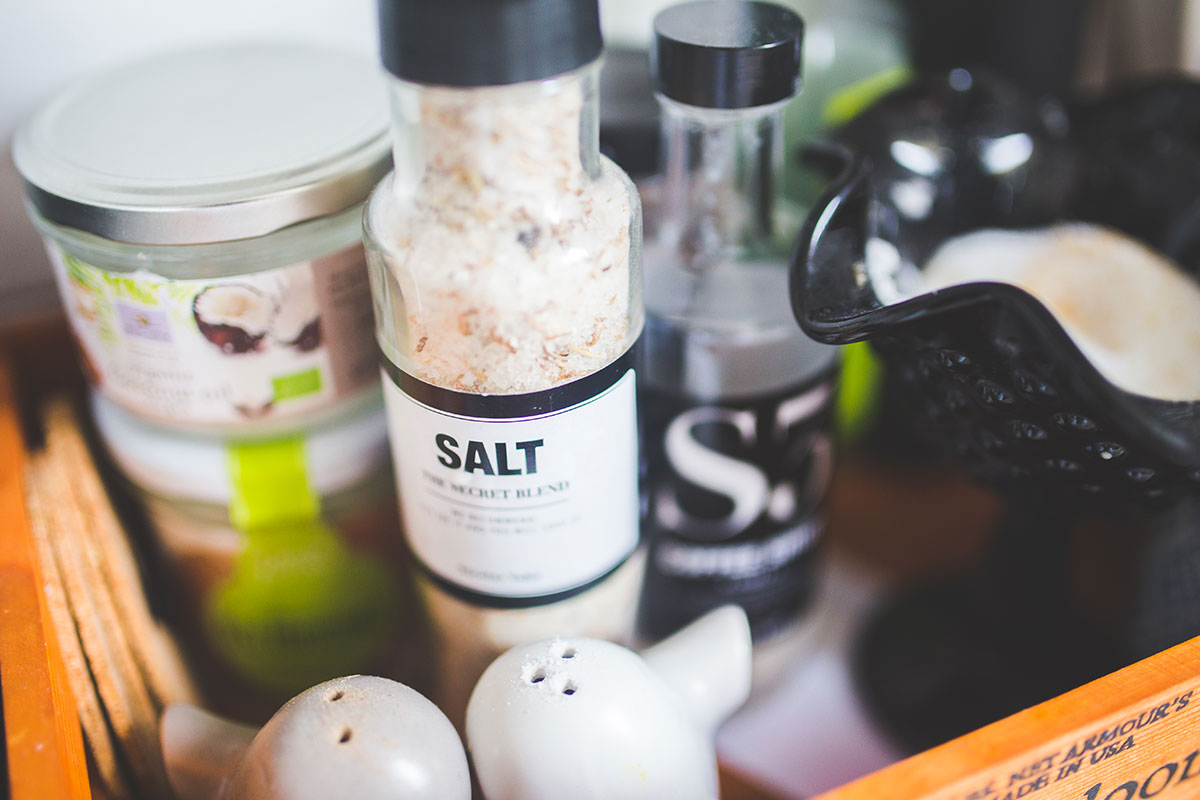In this series on low salt eating for people with liver disease we will be looking at how to modify your diet to stay within the recommended daily sodium intake *. This daily limit is for those people who need to control fluid retention and is significantly higher than that recommended for people who need to control high blood pressure. Be sure to check with your doctor which limit is right for you.
Part One will cover the No Added Salt diet recommended by GESA and many other medical associations around the world.
Continue reading “Eating Low Sodium Part One – the No Added Salt Diet”


